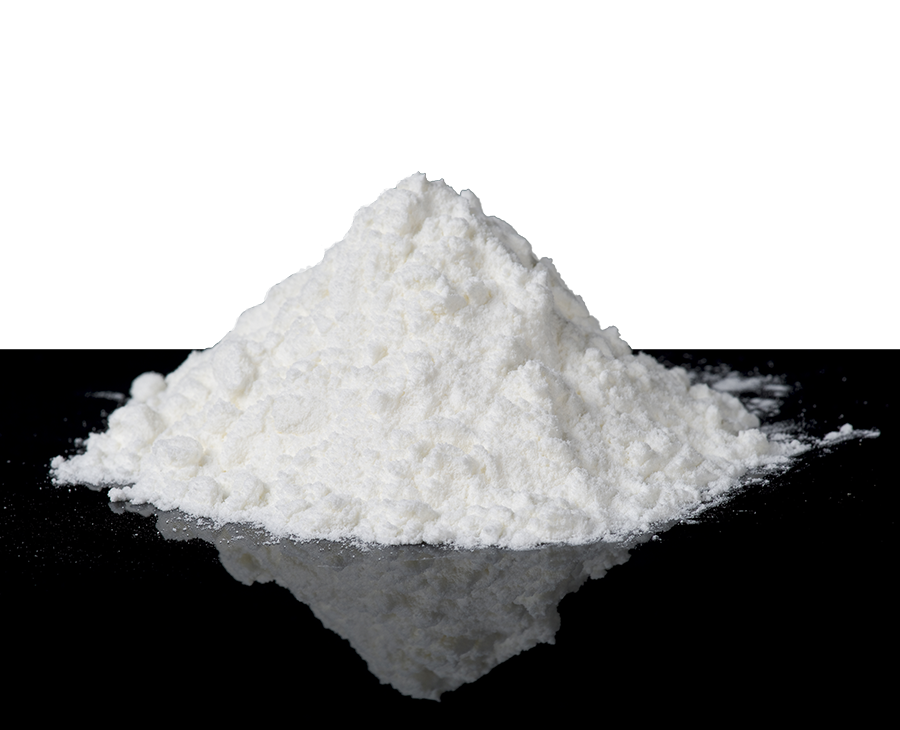Paraffin Wax
Paraffin waxes in a solid state are usually white, translucent, tasteless and odorless. They are hard, relatively brittle and have a slightly dry feel. In a molten state, paraffin waxes are clear, colorless liquids of low viscosity. When melted, these waxes increase in volume by about 5-8%, resulting in a decrease in density.

Melting points for paraffin waxes have a range of 125 °F to 165 °F and may be classified into three general grades:
| Low Melting: | 125 °F to 135 °F |
| Mid Melting: | 135 °F to 145 °F |
| High Melting: | 150 °F to 165 °F |
Oil Contents are 0.5% or less for Fully Refined Paraffin Waxes. Specific gravities range from about 0.880 to 0.915 at room temperature. Paraffin waxes are very stable. They do not chemically react with either concentrated alkalines or acids. Paraffin will react at high temperatures with either oxidizing or halogenating agents. This reaction produces either fatty acids and hydroxy acids or halogen substitution products respectively. Although paraffin has many useful characteristics, most commercial applications are based on its resistance to water and vapor and its glossy appearance when polished.
Calwax 127 Parafin WaxA fully refined paraffin for use in packaging and candles. It has a congealing point of 125 - 130°F. |
|
Calwax 130 FRP WaxA translucent crystalline material in solid state and is a water white, low viscosity, clear liquid when molten. It has excellent gloss and water repellent properties. Resistance to most alkalis and acids is good. Oil content controlled at or below 0.5% ensures that this product will not stain coated materials. |
|
Calwax 140 FRP WaxSimilar to Calwax 130 FRP, Calwax 140 FRP is a multi-purpose wax with a higher meting point. |
Leading Edge Technology Protecting the Environment













